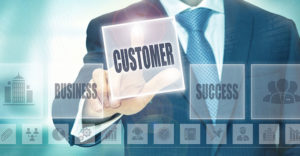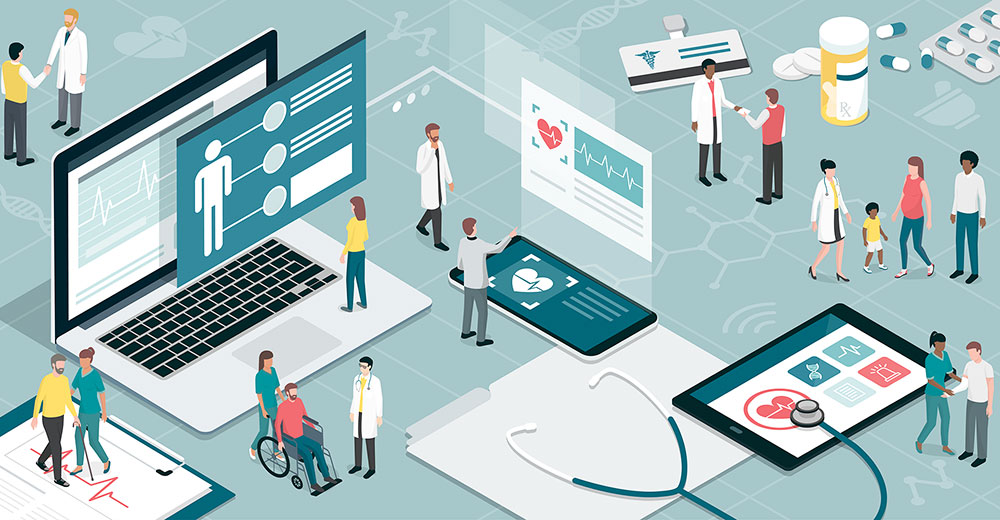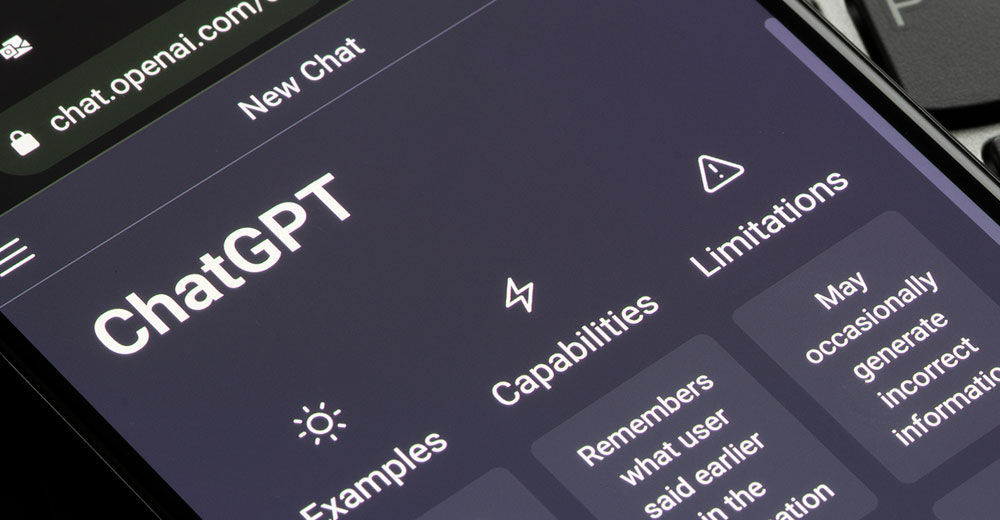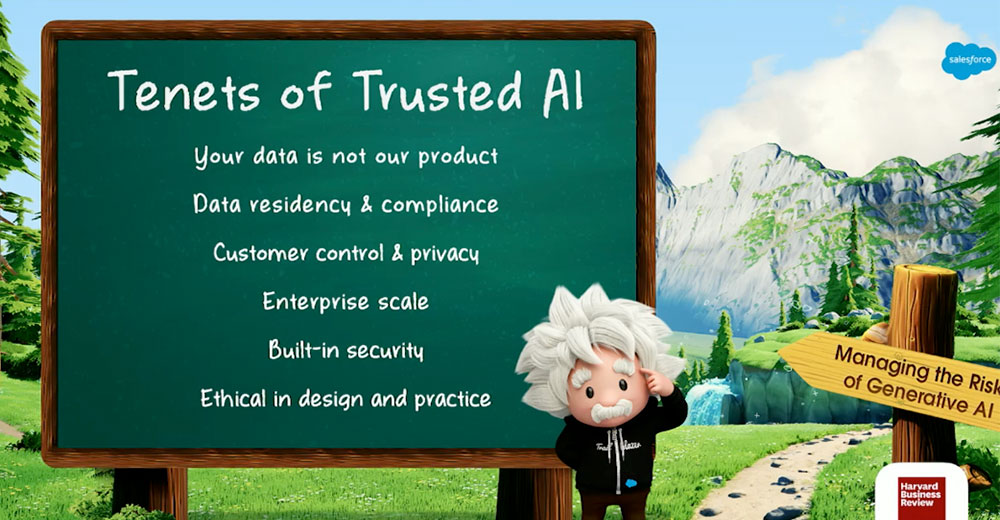Some years ago, Marc Benioff told me he was not interested in developing back office apps that would compete with SAP and Oracle in the ERP and finance market. Many people, myself included, looked askance at that idea and wondered out loud how the company would continue to grow because, hey, there’s front office and back office and nothing else right?
Nope.
Salesforce decided to do the hard thing, to invent a new category of apps that support an organization’s enhanced role in the community and the marketplace. So far, just to review, it has developed the Philanthropy Cloud, the Nonprofit Cloud, the Education Cloud, and a rash of custom CRM for vertical industries like healthcare and finance. It even just completed acquisition of Vlocity, a company that leverages Salesforce Lightning to build and deploy custom vertical apps.
In all of this the company made the original CRM product both a demonstration project for what can be and, to one way of viewing it, continues to commoditize CRM. But if this is commoditization, it’s happening without the price cutting and margin erosion you expect when too many people already have hoola-hoops.
Salesforce continues to define the market for enterprise software, and more, with innovations that few others are stepping up to; the case in point is last week’s TrailheaDX 2020 developers event held online.
Like all Salesforce events so far this year, TDX was moved online; and it was compressed from two days to six hours. The event directors seemed to use the time well, interspersing live presentations with new video segments and some recorded interviews.
Advancement Beyond CRM
The big news coming out of TDX was the introduction of still more apps built on the platform, and training and support for administrators and developers who will further customize them to the needs of their unique businesses.
Salesforce Anywhere is a CRM solution built on the assumption that we will all have to work and be productive in and out of the office for the foreseeable future. Work.com, previously announced, is a set of solutions designed to help companies do many of the hard things associated with reopening the economy. Both suites are built specifically for the times we live in.
They tell me that Work.com and Salesforce Anywhere were put together in about eight weeks — and while they contain much that’s new, they also repurpose many of the components of CRM built on the platform. Either way you look at it, these solutions are a testament to the company’s continuing evolution beyond CRM and into a dominant position in enterprise business applications.
Work.com seems to be oriented toward the public sector with functionality for contact tracing, emergency response management, and a command center to keep it all on track. But any corporation will also appreciate these systems’ utility as they try to schedule healthy people in the office while encouraging people with respiratory infections to stay home. There’s even an app for reskilling the workforce to keep up with changing job descriptions.
Salesforce Anywhere combines conventional CRM functions with greater mobility and technologies to help people work together even when they aren’t close together. We might see this introduction as a major business inflection point a few years down the road, as workers and companies give up on the commute to better use everyone’s time.
A View of the Suite
The suite includes “Sell, service and market from anywhere,” which uses Salesforce 360 and supports selling, service, marketing from anywhere in the world supported by cloud, social, mobile and artificial intelligence to supply personalized experiences for any industry.
“Collaborate from anywhere” grapples with the need for team cohesion while members are far apart and uses Salesforce collaboration technology to provide real-time team chat, notifications, comments, and video conferencing. Another part of remote working is providing help desk services to employees — and that’s met through a partnership with Tanium, which provides a help desk ticketing infrastructure and kind of looks like service and support for employees.
“Data from anywhere” leverages Mule Soft and Tableau, two recent acquisitions, to enable access to data and to process it to provide insights that the other modules and workers can use to expand their “work from anywhere” efforts.
Finally, “Skill up from anywhere” is an idea that needed to happen. It essentially gives companies a training facility in which they can build Trailhead trails to train and update worker skillsets as the work of work continues to change.
As I noted above, a lot of this functionality comes from pre-existing apps repurposed for today’s reality. But that shouldn’t matter. It gives Salesforce a lot of new capabilities to supply to its customers, gives those customers ways to keep their businesses running in difficult times, and continues to demonstrate the value of the platform, which is rapidly turning into the company’s secret sauce.















































